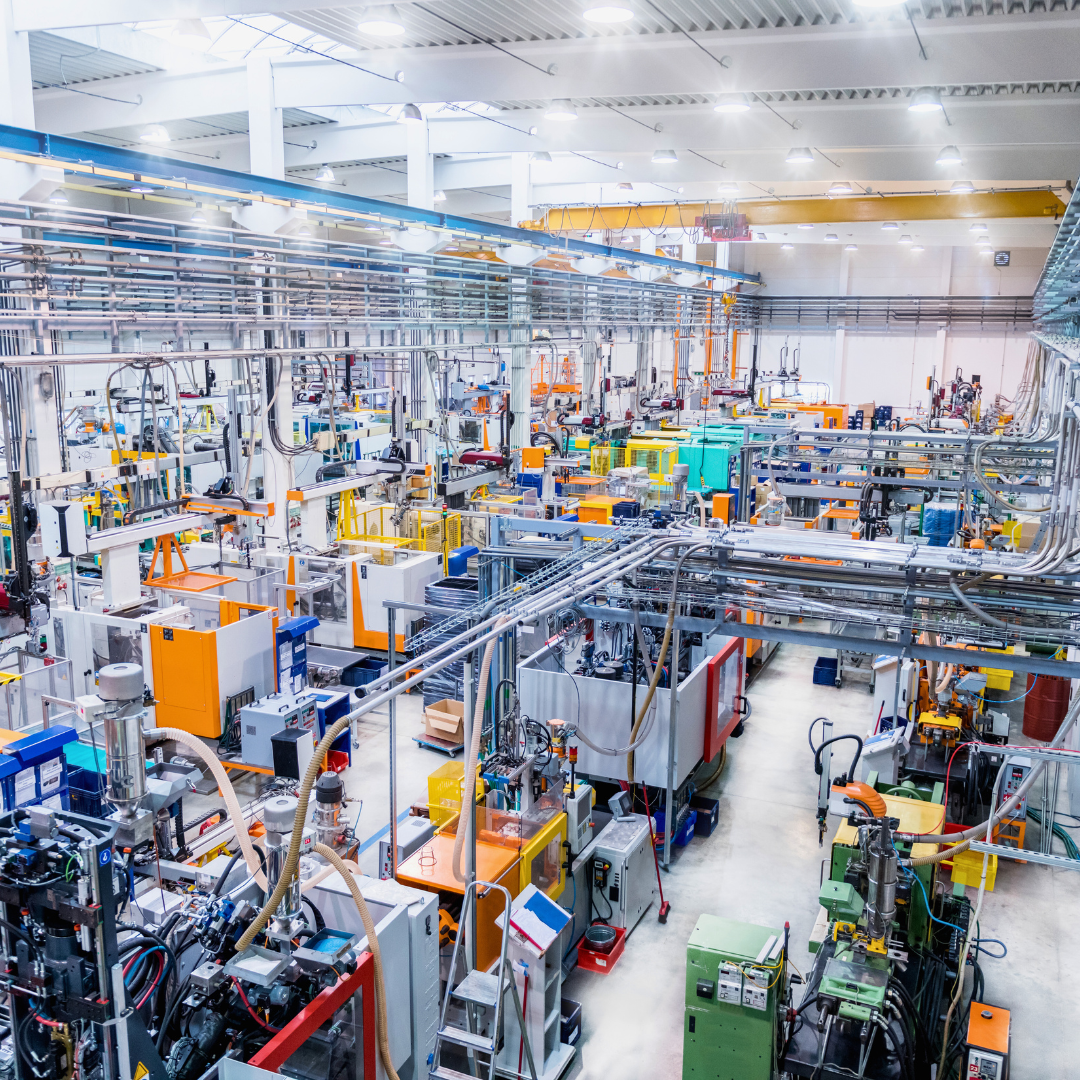
Crafting Wakesurf Boards: Vacuum Forming and the Future of Innovation
Share
As wakesurfing continues to evolve, so do the innovative methods used to craft the boards that riders rely on. One such cutting-edge technique is vacuum forming—a manufacturing process that melds precision with sustainability to push the boundaries of board design.
What Is Vacuum Forming?
Vacuum forming begins with the careful preparation of a foam core, which is shaped to the exact dimensions required for the board. Once the core is ready, a combination of materials—typically fiberglass, resin, or other composite components—are layered over it. This assembly is then placed inside a sealed vacuum bag. By extracting the air from the bag, vacuum pressure compresses the composite materials tightly around the core, ensuring a uniform bond while minimizing air bubbles. The board is subsequently heated or allowed to cure naturally, solidifying the resin and permanently setting the structure in place.
Advantages of Vacuum Forming
This process offers several benefits that have significant implications for both performance and environmental impact. First, because vacuum forming minimizes the amount of excess resin used, the resulting boards are not only robust but also remarkably lightweight—enhancing agility and responsiveness on the water. Additionally, when sustainable materials are incorporated, the method supports eco-friendly manufacturing by reducing waste. The even pressure applied during the vacuum stage guarantees precision in the board’s shape and performance. Once the initial setup is complete, the process scales efficiently, producing multiple boards with consistent quality.
Challenges of Vacuum Forming
However, like any advanced manufacturing technique, vacuum forming comes with its own set of challenges. The equipment and setup required represent a significant initial investment, which can be a hurdle for smaller producers. Mastering the process demands both expertise and a keen attention to detail. Moreover, while the technique excels at producing uniformly high-quality boards, it may not be ideally suited for one-off, highly customized designs in the same way traditional glassing techniques can be.
Vacuum Forming vs. Other Methods
When compared to other manufacturing methods—such as compression molding and glassing—vacuum forming strikes an intriguing balance. Compression molding is known for its efficiency and consistency, while glassing is often celebrated for its artisanal, bespoke quality. Vacuum forming, however, combines the precision and repeatability of compression molding with an innovative twist that opens up new possibilities in board design. This blend of performance, scalability, and sustainability makes it an appealing option for manufacturers and riders seeking advanced, high-performance boards.
Who Benefits Most from Vacuum Forming?
The advantages of vacuum forming extend to a diverse range of riders. Eco-conscious riders appreciate the lower environmental footprint, while performance enthusiasts value the lightweight, responsive designs that the process makes possible. Manufacturers, too, benefit from its scalability—enabling them to produce high-quality boards consistently across larger production runs without compromising on performance.
Notable Features of Vacuum-Formed Boards
Boards produced through vacuum forming are renowned for their high strength-to-weight ratio. This means they provide a durable yet agile ride, complemented by a sleek, streamlined appearance that underscores modern innovation. The uniform application of materials results in professional finishes and opens doors to experimenting with new materials and techniques, ensuring that the process remains at the forefront of board manufacturing technology.
Final Thoughts
Vacuum forming represents a significant leap forward in wakesurf board manufacturing. By combining innovation with sustainability and performance, it offers a glimpse into the future of board design—a future where high upfront investments are balanced by the promise of scalable, eco-friendly production and superior performance. Whether you are drawn to the precision of vacuum forming, the bespoke qualities of glassing, or the consistency of compression molding, there is a board—and a method—that meets every rider’s needs as the sport continues to evolve.
